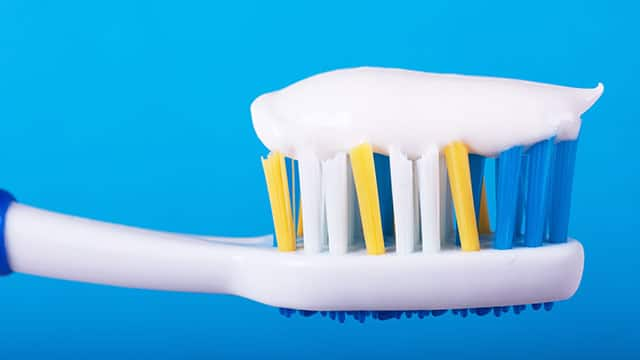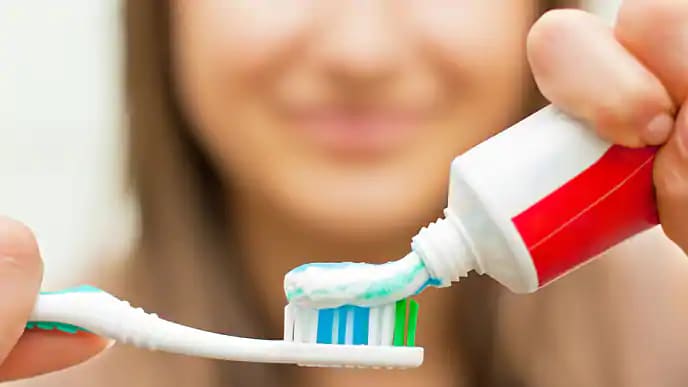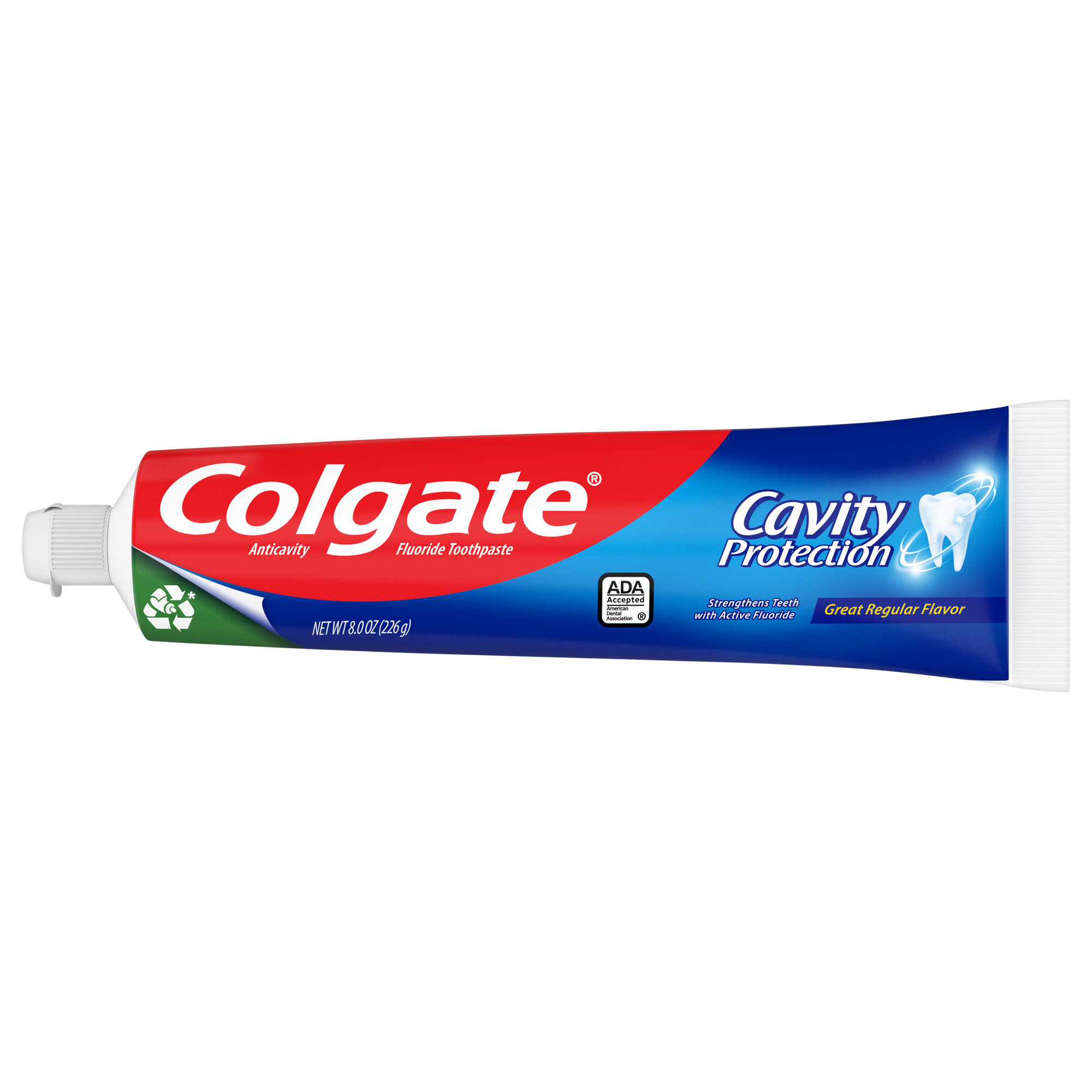The world's first toothbrushes
Most historians agree ancient Babylonians and Egyptians created the first 'toothbrushes' from frayed twigs between 3500-3000 B.C. We know this because ancient Egyptians meticulously preserved items in their tombs, including these "chew sticks."
The Chinese are believed to have invented the first natural bristle toothbrush in the 1400s, using pigs' hair for the bristles and bone or bamboo for the handles. These toothbrushes were taken to Europe, and this design was adapted to use horsehairs, which many Europeans preferred. Other models in Europe used feathers. These ancient tools were not as cleanly as modern toothbrushes.
Who invented the toothbrush?
William Addis designed the more modern toothbrush in England around 1780. The handle was carved from cattle bone, and the brush portion was made from pigs' hair as well. In 1844, the first 3-row bristle brush was designed.
According to the Library of Congress, natural bristles made from animal hair were still used until Dupont de Nemours invented nylon. Nylon started the development of the modern toothbrush in 1938. By the 1950s, softer nylon bristles were created, and people preferred these for toothbrushes. The first electric toothbrush was made in 1939, and the first electric toothbrush widely-used in the U.S. was invented in 1960.
Modern toothbrushes and how to choose the right toothbrush
Today, both manual and electric toothbrushes come in many shapes and sizes. They are typically made of plastic molded handles and nylon bristles. Now dentists and dentistry researchers can test what kinds of toothbrushes are the best for oral health. The most recent toothbrush models include handles that are straight, angled, curved, and contoured with grips and soft rubber areas to make them easier to hold and use.
- The American Dental Association (ADA) recommends soft-bristle brushes
- Smaller head toothbrushes can better reach all areas of the mouth, including hard-to-reach back teeth, but that may depend on the size of your mouth
- The best toothbrush grips are ones that are the most comfortable for you to hold
- Replace your toothbrush every three months or when it starts to show some wear, whichever comes first
Besides the materials, the basic design has not changed since the times of the Egyptians and Babylonians. All toothbrushes include a handle and a bristle-like head to clean the teeth. The toothbrush has evolved over its long history to become a scientifically designed tool using modern ergonomic designs and safe and hygienic materials that benefit us all.
Toothpaste in ancient cultures
Like toothbrushes, Egyptians used a paste to clean their teeth around 5000 B.C., even before toothbrushes were invented! Ancient Greeks and Romans are also known to have used toothpaste, and people in China and India used toothpaste around 500 B.C. as well.
Ancient toothpaste was used to whiten teeth, freshen breath, and clean teeth and gums as we use it today. However, the materials were more abrasive and not as hygienic. Some ingredients of ancient toothpaste included grounded-up ox hooves' ashes, burnt eggshells, and pumice. Ancient China used a wide variety of toothpaste ingredients over time, such as ginseng, herbal mints, and salt. Ancient Greeks and Romans' toothpaste ingredients included crushed bones, oyster shells, charcoal, and tree bark.
When was toothpaste invented?
The development of the kind of toothpaste we're used to began in the 1800s. Before the 1850s, toothpaste was a powder. Early versions in the 1850s contained soap or chalk. Betel nut was included in toothpaste in England around the 1800s too. Later in the 1860s, some homemade toothpaste used ground charcoal, similar to ancient Greek versions.
In 1873, Colgate started the mass production of toothpaste in jars. Colgate introduced its toothpaste in a tube similar to modern-day toothpaste tubes in the 1890s.
Through 1945, toothpaste contained soap. After 1945, toothpaste manufacturers replaced soap with other ingredients to make toothpaste a smoother paste with ingredients found in present-day toothpaste.
With the advancement of dentistry and research in the later twentieth century, modern toothpaste was developed to prevent or treat specific diseases and conditions such as tooth sensitivity and tooth decay. Manufacturers created fluoride toothpaste to help prevent corrosion in 1914. Manufacturers and dentists realized abrasive toothpaste ingredients could wear away or damage enamel, so toothpastes with very low abrasiveness were also developed.
Toothpaste today typically contains fluoride, coloring, flavoring, sweetener, and ingredients that make the toothpaste smooth, foam and stay moist. Storing toothpaste in tubes is used throughout the world now! It's hard to believe toothbrushes and toothpaste started with such ingredients as hair and bone. Modern toothbrushes and kinds of toothpaste provide a technological advantage in design to clean hard to reach areas and the proper ingredients to help you improve your oral hygiene now.
This article is intended to promote understanding of and knowledge about general oral health topics. It is not intended to be a substitute for professional advice, diagnosis or treatment. Always seek the advice of your dentist or other qualified healthcare provider with any questions you may have regarding a medical condition or treatment.
ORAL HEALTH QUIZ
What's behind your smile?
Take our Oral Health assessment to get the most from your oral care routine
ORAL HEALTH QUIZ
What's behind your smile?
Take our Oral Health assessment to get the most from your oral care routine















